In the world of digital advertising, success depends on more than just the choice of the right Demand Side Platform (DSP). The effectiveness of your DSP campaigns hinges on the quality and performance of the ads you create. Crafting high-performing ads that resonate with your target audience is essential for driving engagement, conversions, and ROI. In this comprehensive guide, we will delve into the best practices for creating high-performing ads in DSP campaigns, helping you maximize the impact of your digital advertising efforts.
The Role of Creatives in DSP Advertising
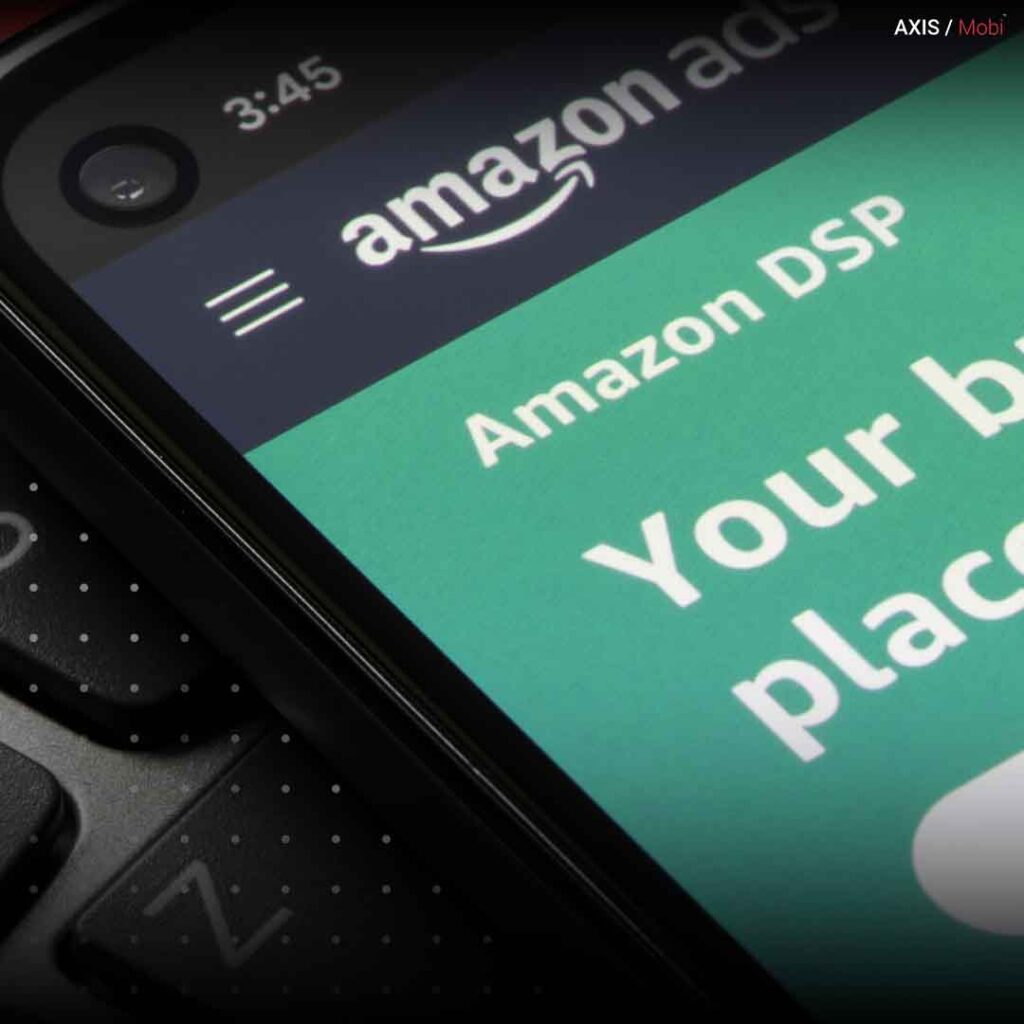
Before we dive into the best practices, let’s understand why the creative aspect of DSP advertising is so crucial.
The Importance of Creatives:
- Capturing Attention: In a digital landscape saturated with ads, eye-catching and engaging creatives are essential to capture users’ attention.
- Communicating Your Message: Creatives convey your brand message and campaign objectives to your target audience.
- Driving Conversions: Well-designed creatives can significantly influence user behavior, leading to higher click-through rates (CTR) and conversion rates.
- Brand Recognition: Consistent and compelling creatives contribute to brand recognition and recall.
Now, let’s explore the best practices for creating high-performing ads in DSP campaigns:
1. Understand Your Audience
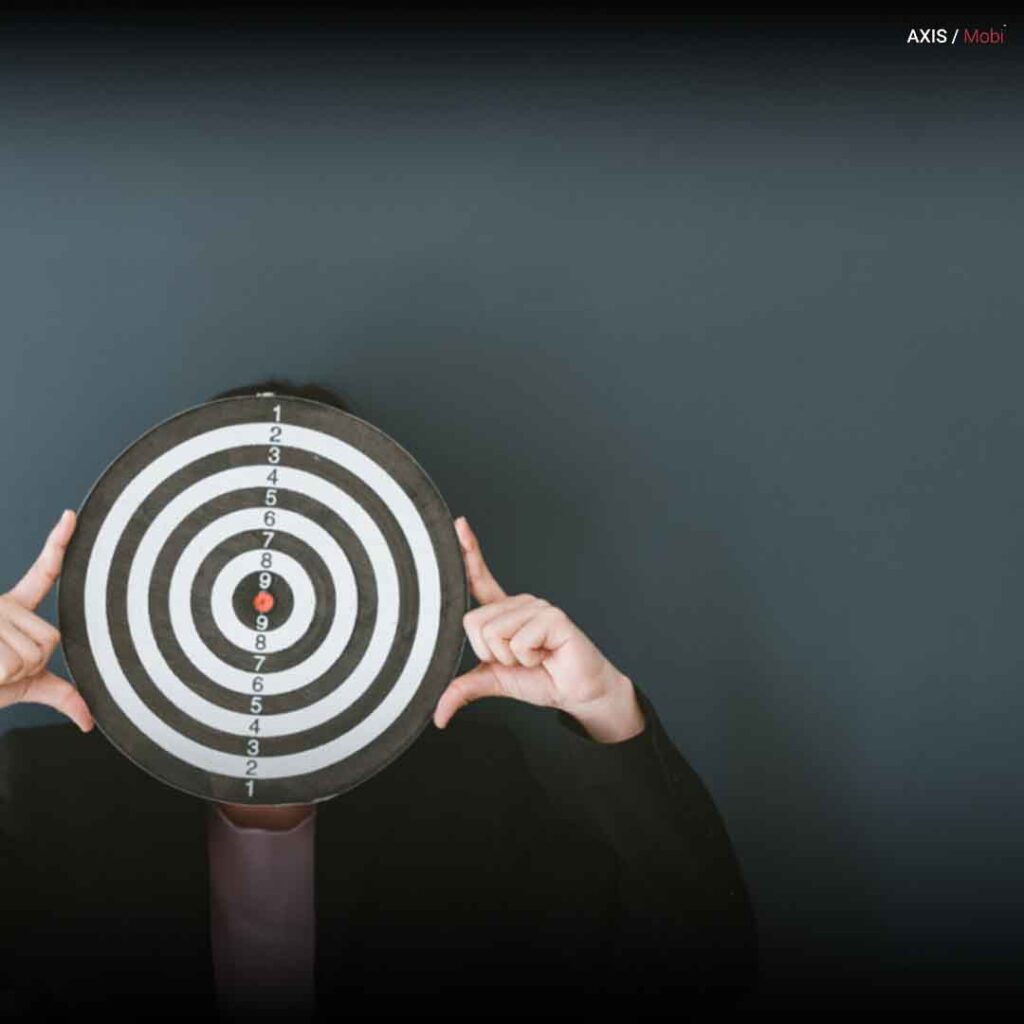
The foundation of effective advertising is a deep understanding of your target audience. To create ads that resonate with them, consider:
- Demographics: Age, gender, location, and other demographic factors.
- Behavior: Browsing habits, interests, and online behavior.
- Psychographics: Lifestyle, values, and motivations.
- Device Preferences: Tailor ads for desktop, mobile, or tablet users.
2. Craft Compelling Visuals
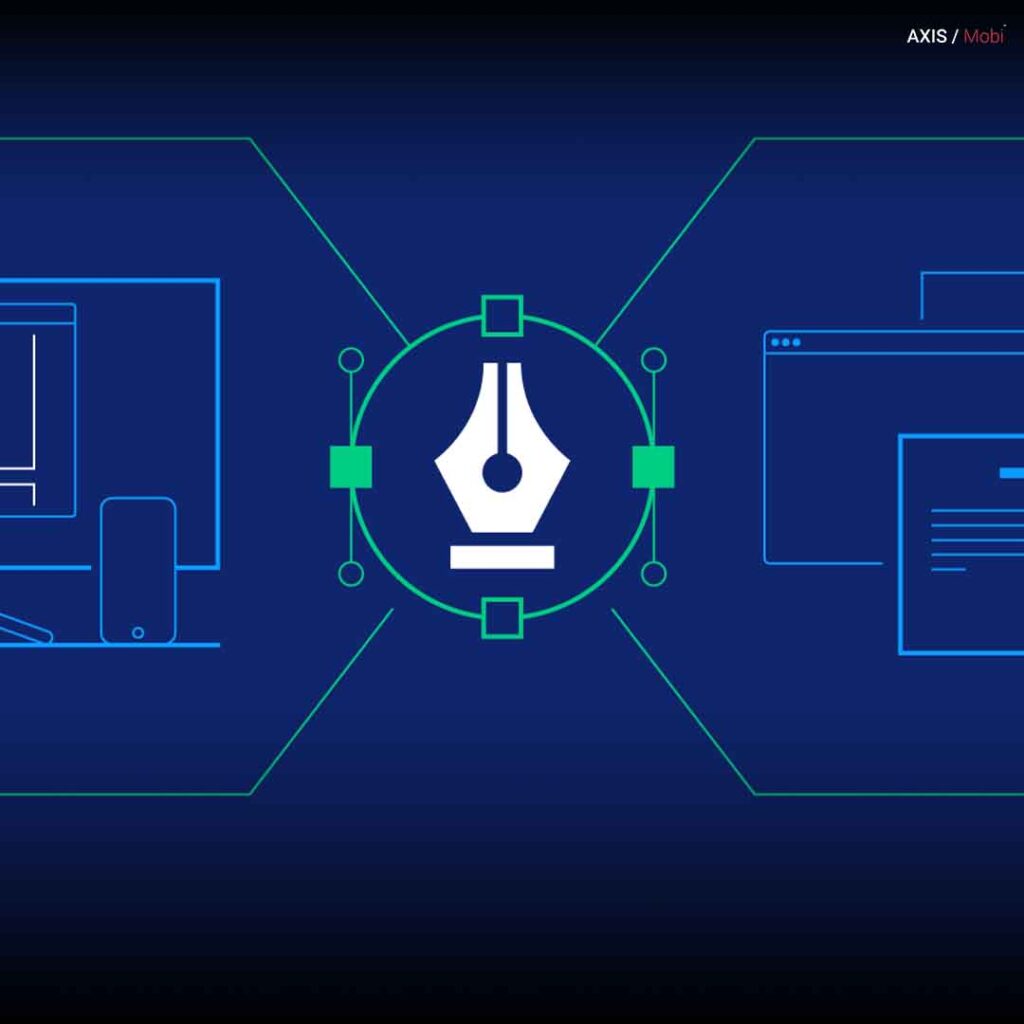
Visual elements play a significant role in capturing users’ attention. Focus on:
- High-Quality Imagery: Use sharp, professional images that relate to your product or message.
- Consistent Branding: Maintain a consistent color scheme, fonts, and logo placement to reinforce brand identity.
- Simplicity: Keep the design clean and uncluttered to convey your message clearly.
3. Write Compelling Copy

Effective ad copy is concise, persuasive, and tailored to your audience. Consider these tips:
- Clear Value Proposition: Communicate the unique benefits of your product or service.
- Action-Oriented Language: Use actionable verbs like “buy,” “try,” or “learn” to encourage user engagement.
- Urgency: Create a sense of urgency with phrases like “limited-time offer” or “while supplies last.”
4. Test Multiple Variations
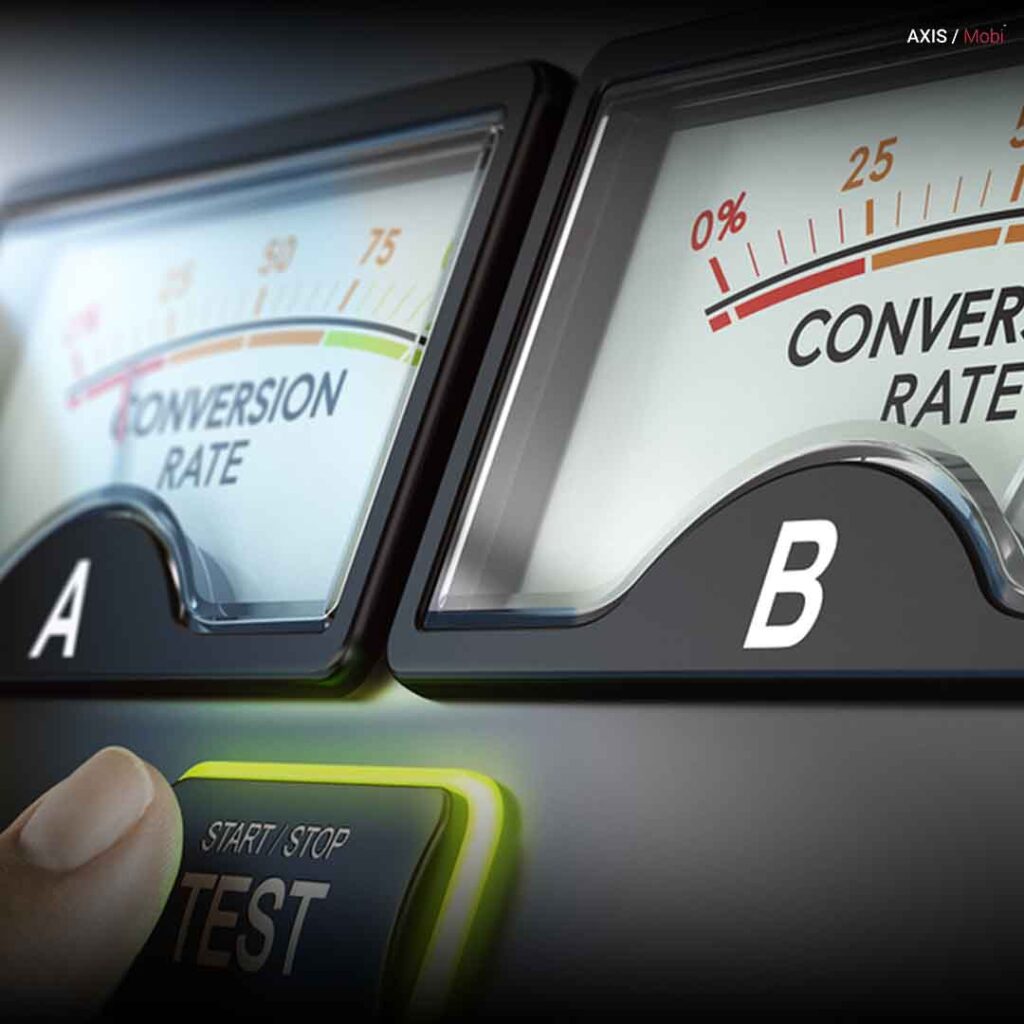
A/B testing allows you to compare different ad variations to identify what works best. Test elements like:
- Headlines: Experiment with different headlines to see which ones generate the most clicks.
- Images: Try different images to see which resonates with your audience.
- Call-to-Action (CTA): Test variations of your CTA to determine which drives more conversions.
5. Optimize for Mobile
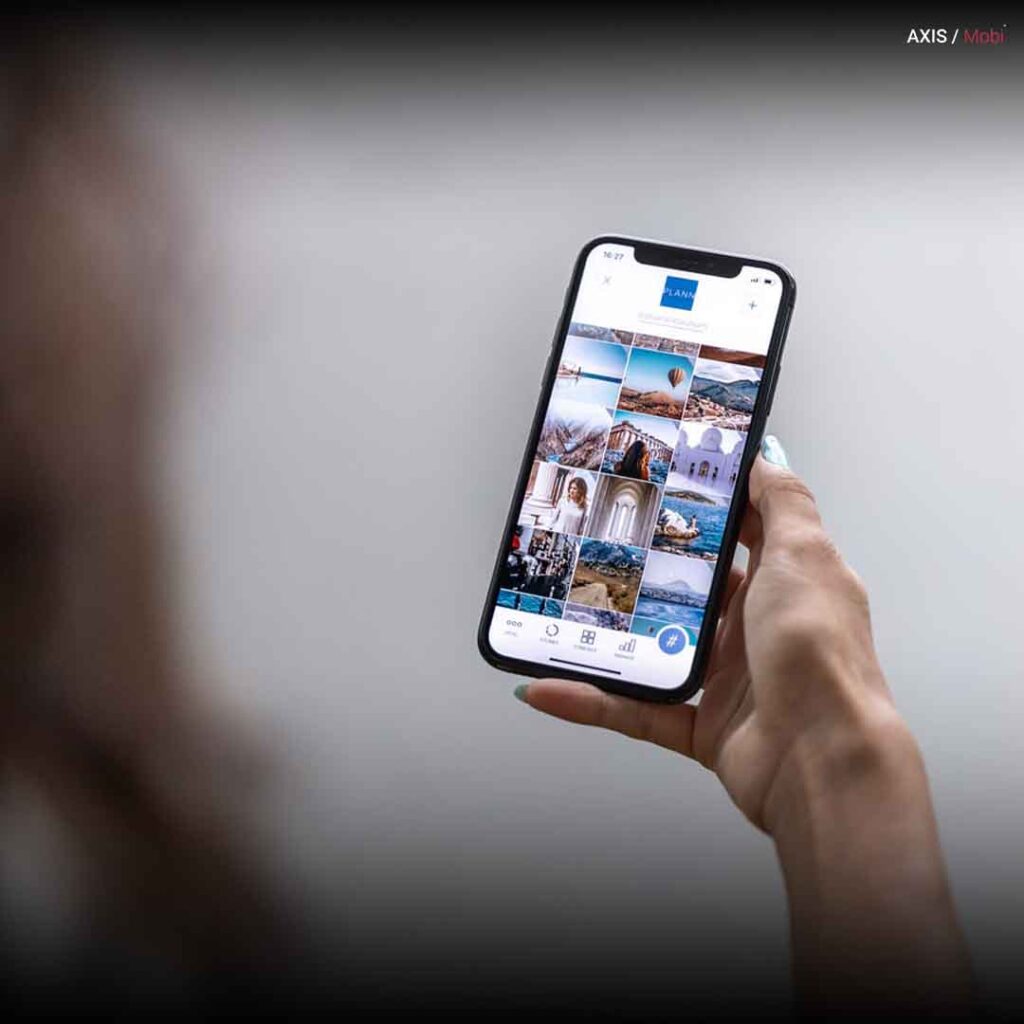
Given the prevalence of mobile device usage, ensure that your ads are mobile-friendly. Tips for mobile optimization include:
- Responsive Design: Create ads that adapt to various screen sizes and orientations.
- Thumb-Friendly CTAs: Place CTAs where they can be easily tapped with a thumb.
- Fast Loading Times: Optimize image and video sizes for quick loading on mobile networks.
6. Leverage Dynamic Ads
Dynamic ads personalize content based on a user’s browsing behavior and preferences. Benefits include:
- Relevancy: Show users products or services they’ve shown interest in.
- Automated Updates: Keep ad content current without manual adjustments.
- Higher Engagement: Dynamic ads often lead to higher CTR and conversion rates.
7. Utilize Rich Media
Rich media ads incorporate interactive elements like video, animation, or interactive features. These can significantly boost engagement and user interaction.
- Video Ads: Create short, engaging video ads to tell your brand story or demonstrate your product.
- Interactive Features: Incorporate elements like quizzes or product explorers to engage users.
8. Implement Retargeting
Retargeting ads target users who have previously interacted with your brand. These ads remind users of your products or services and encourage them to return to your website.
- Personalization: Tailor retargeting ads to the specific products or pages users have viewed.
- Frequency Capping: Set limits on how often retargeting ads are shown to avoid overwhelming users.
9. Monitor and Analyze Performance
Regularly monitor the performance of your ads in real-time. Pay attention to:
- Click-Through Rate (CTR): Measure how many users click on your ads.
- Conversion Rate: Track how many users complete the desired action after clicking on your ad.
- Return on Investment (ROI): Calculate the overall effectiveness and profitability of your campaigns.
10. Iterate and Optimize
Based on performance data, continually refine your ad creatives and strategies. Make data-driven adjustments to improve ROI and achieve your campaign objectives.
Conclusion
Creating high-performing ads in DSP campaigns is both an art and a science. By understanding your audience, crafting compelling visuals and copy, and implementing best practices for mobile optimization and rich media, you can create ads that engage users and drive results. Additionally, the use of dynamic ads, retargeting, and ongoing monitoring and optimization will help you stay competitive in the ever-evolving world of digital advertising. With the right approach, your DSP campaigns can deliver exceptional results and contribute to the growth of your brand.
Frequently Asked Questions (FAQs)
Why is the creative aspect crucial in DSP advertising?
The creative aspect is crucial in DSP advertising because it captures attention, communicates brand messages, drives conversions, and contributes to brand recognition.
What factors should be considered to understand the audience in DSP advertising?
Factors include demographics (age, gender, location), behavior (interests, habits), psychographics (lifestyle, values), and device preferences.
How can visuals be crafted for high-performing DSP ads?
Use high-quality imagery, maintain consistent branding, and opt for a clean and uncluttered design to convey messages effectively.
What elements make ad copy effective in DSP campaigns?
Effective ad copy is concise, persuasive, and features a clear value proposition, action-oriented language, and a sense of urgency.
Why is A/B testing essential in DSP advertising?
A/B testing allows for the comparison of different ad variations, helping identify what headlines, images, or CTAs work best to optimize campaign performance.
How can DSP ads be optimized for mobile devices?
Ensure responsive design, use thumb-friendly CTAs, and optimize for fast loading times to make ads mobile-friendly.
What are the benefits of leveraging dynamic ads in DSP campaigns?
Dynamic ads personalize content based on user behavior, providing relevancy, automated updates, and often leading to higher engagement.
How can rich media be utilized in DSP advertising?
Rich media ads, incorporating video, animation, or interactive features, can significantly boost engagement and user interaction.
What is the role of retargeting in DSP advertising?
Retargeting ads target users who have interacted with your brand, reminding them of products or services and encouraging them to return.
Why is monitoring and analyzing ad performance important in DSP campaigns?
Regular monitoring of metrics like CTR, conversion rate, and ROI helps gauge the effectiveness and profitability of DSP campaigns.
What is the significance of iterating and optimizing DSP ads based on performance data?
Iterating and optimizing ads based on data-driven insights ensures continual improvement, better ROI, and the achievement of campaign objectives.





Pingback: Misunderstood Digital Marketing Terms: Clear Definitions